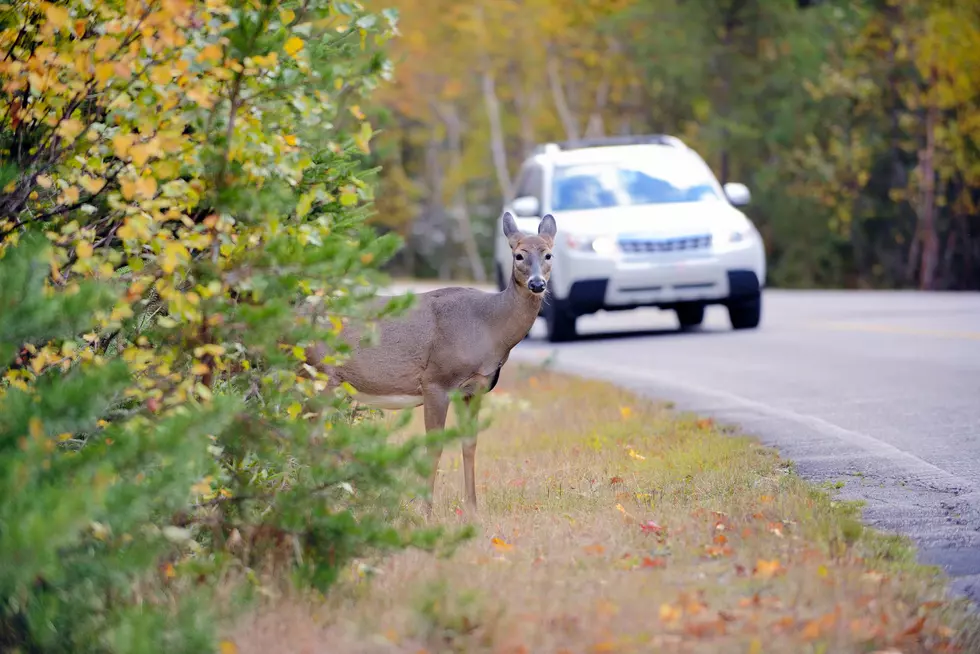
What Time Of Day Do Most Deer-Vehicle Collisions Occur In Wisconsin?
As the Wisconsin firearm season gets underway, deer - and their movements - are top of mind for a lot of people. But non-hunters should also take this time of year to give a second thought to the deer population as well - considering that this time of year is also the prime season for deer-vehicle collisions.
It's probably no secret to anyone living in the Northland that the deer population is on the move in the fall of the year - especially during the months of October and November. This time of the year is when the deer population starts to seek out food as they prepare for the upcoming winter season. That's the reason that the firearm deer season is scheduled around this time in our region. It's also possible that their natural animal instincts have clued them into the fact that firearm hunters are in the woods during these months - forcing them to be "on the run" out an act of defense.
Whatever the cause, it's a regular occurance to encounter deer alongside - and sometimes in the middle of - the road. As a driver, you need to act defensively to both anticipate and avoid that collision.
In addition to being more aware of the potential for deer this time of year, it's also helpful to know when to look for them. In other words - what time of day are you more apt to encounter deer on the road.
The Wisconsin Department of Transportation has take to their Facebook page and other forms of social media to get the word out about when the most deer-vehicle collisions occur. WISDOT shares that there are two prime parts of the day when the most collisions occur - based off of their record keeping and statistics: Early morning and again in the evening:
- Early morning: There is a marked increase in deer-vehicle collisions between 4:00 AM and 8:00 AM.
- Afternoon: Those deer-vehicle collisions spike again between the hours of 4:00 PM and 12:00 AM (Midnight).
Being cautious and driving defensively is the first step towards avoidance. But what can you do if you do encounter a deer along your path? Here are some tips from WISDOT:
- Headlights can confuse a deer and cause it to freeze
- Brake firmly
- One long blast on your horn might be beneficial in startling the deer, causing it to run away from the roadway
- Deer seldom travel along. If you see one - there are usually more waiting (or hiding) in the woods
The 2023 Wisconsin deer season runs through November 27 for gun hunters; through December 7 for muzzleloader hunters; and through December 11 for antlerless.
